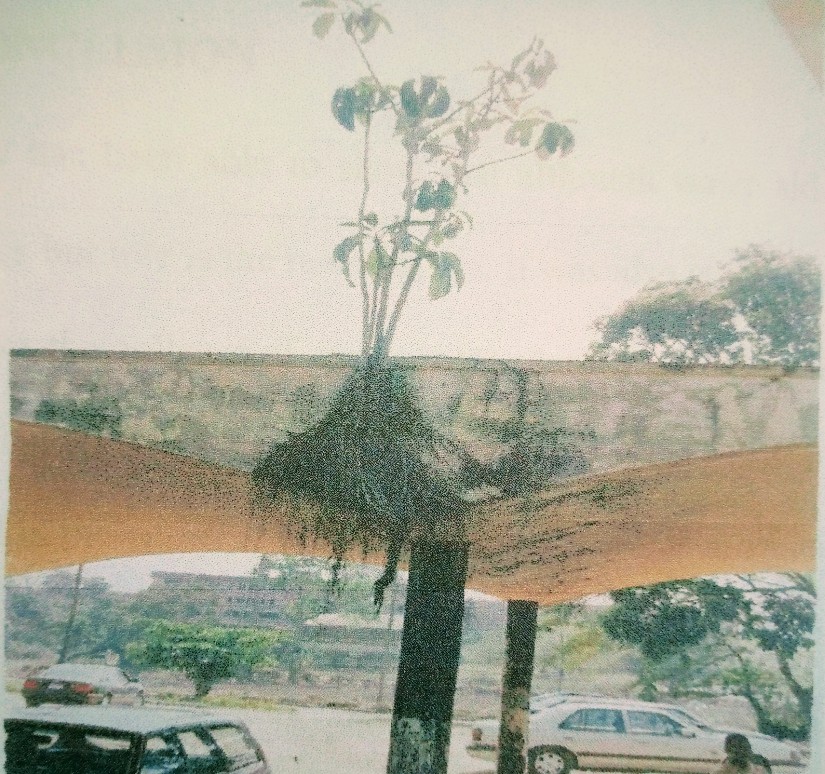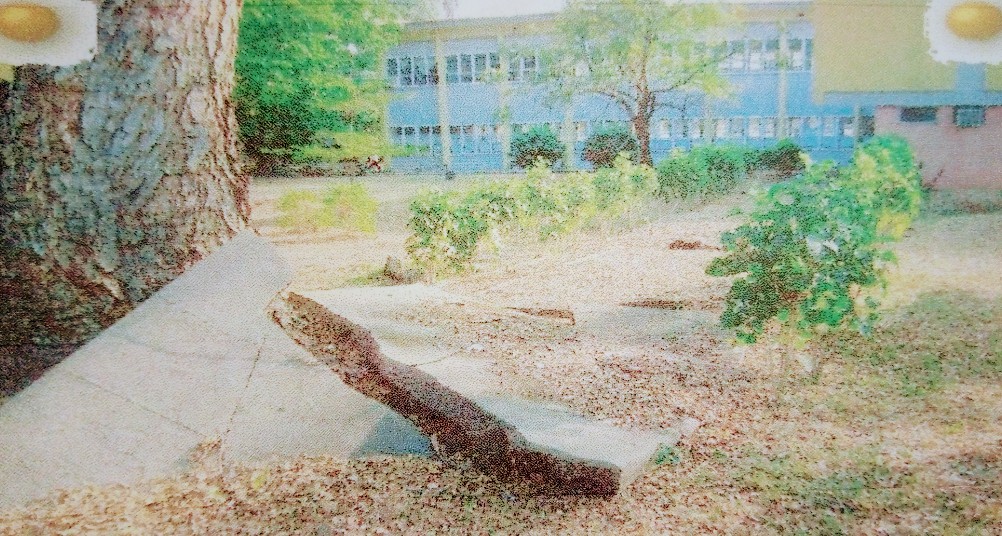
It is a general knowledge that trees and concrete are often incompatible.
Truly, human beings benefit a lot from the trees in their environment but the effects of tree roots on concrete structures are enormous, even to the extent of causing damages of different forms on such structures.
It is usual that we see such effects daily around us but without paying much attention to them, which later lead to direct damage or outright collapse of our structures as a result of negligence.
Tree roots cause enormous damages to concrete structures (e.g drains, curbs, driveways, walkways, e.t.c) and the repair of these damages has been a major cost to property owners. These damages may also lead to injuries for the users or occupants, hence, the need to take them seriously.
Common trees that affect concrete structures with their effects are listed below:
Usually, trees with fibrous roots (e.g Almond Tree) are the most dangerous and destructive species that cause countless damages.
It has also been researched and reported that roots of Almond Trees, apart from their fibrosity, secrete some chemicals which are antagonistic to the perenniality of concrete structures during their service life. 
The extent of damages that tree roots can cause to concrete structures ranges from traceable cracks, distortion, disintegration, to even collapse of the entire structure.
On this note, engineers should become aware of this challenge before and during construction of structures in areas where there are trees, especially Almond, Teak and Neem.
Also, landscapers, who want to plant trees to beautify an area, are not left behind as it would help them in making the right choices when choosing the species of trees or plants that suit the area without jeopardizing the durability and service life of the structures.
On reducing these occurrences, engineers should adhere strictly to the generalized distance at which a concrete structure can exist with respect to an existing tree, while landscapers should always plant their tress at some distance away from existing structures.
Thanks for visiting today😊
Do well to share if you find this information useful.
To preview and purchase this text, click here
Categories
3 replies on “EFFECTS OF TREE ROOTS ON CONCRETE STRUCTURES”
Amazing write up 👏🏾
LikeLiked by 1 person
Thank you!
LikeLike
The information below answers the questions on what distance should tress be planted away from houses or concrete structures.
Generally, trees should be planted at least a distance of half of their mature canopy width from a concrete structure. That is, if a tree’s canopy at maturity is 10m wide, it should be planted at least 5m from a concrete structure.
So, for trees with tap roots, usually between 3 – 15m while for trees with fibrous roots, a minimum of 15m.
LikeLiked by 1 person